Gyms can be pretty hostile environments. Large white rooms with limited views of the outside world and plenty of loud, potentially awful, dance music.
Well an architectural firm based in Italy have come up with a pretty stunning alternative to your morning spin class.
What you’re looking at is Carlo Ratti Associati’s concept of the Paris Navigating Gym; a floating gym that’s quite literally powered by your blood, sweat and tears.
Created in partnership with Technogym, Terreform ONE and URBEM, the Paris Navigating Gym is a floating gym boat that will cruise down Paris’ Seine River giving 45 passengers a workout unlike any they’ve had before.

This state-of-the-art fitness vessel is powered by energy sourced from passengers’ workouts.
Using Technogym’s ARTIS machines the bikes have been specially designed to harness the energy created by the rider and then put it to use elsewhere.
As the passengers use both the bikes and the cross-trainers the energy is then diverted to powering the boat’s engines which then allow it to sail down the river.

The idea is that as the boat travels down the Seine, passengers can hop on and off for as long as their workout requires.
“The Paris Navigating Gym investigates the potential of harnessing human power, at the same time producing a new urban experience and envisioning ways to further integrate the river in the city’s mobility infrastructure”, explains Carlo Ratti, director of the MIT Senseable City Lab in Boston and a founding partner of Carlo Ratti Associati.

If you think this remarkable vessel is nothing more than a concept though you might want to think again.
According to initial studies by the firm, the design, construction and testing of the Paris Navigating Gym could be carried out in less than 18 months.
Incredible Green Innovations That Are Changing Our World:
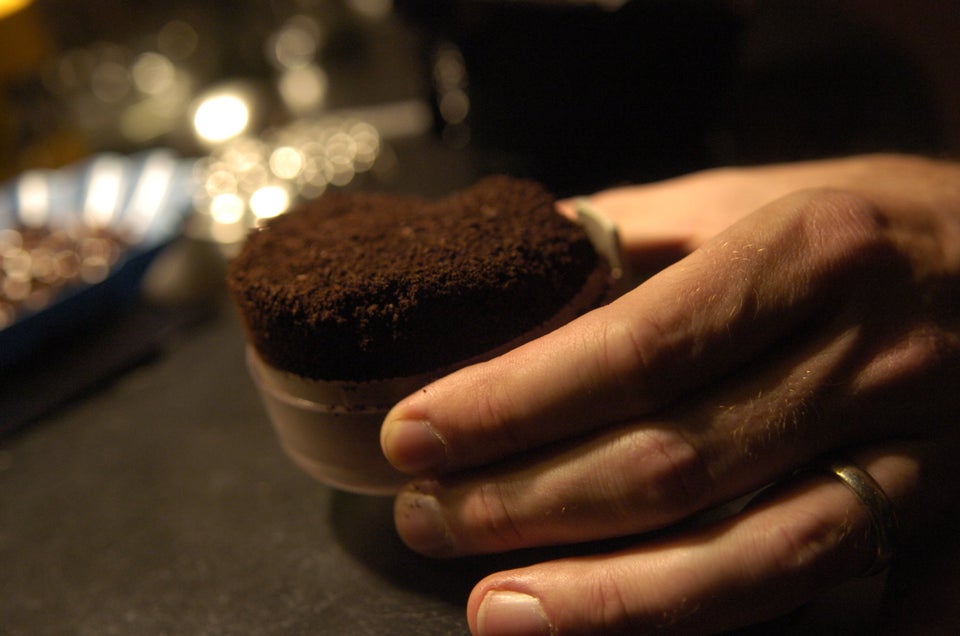
Take London-based company, bio bean, which aims to convert the 200,000 tonnes of waste coffee grounds annually produced in London into sustainable, zero-waste, carbon-neutral fuels to reduce greenhouse gas emissions.
The company has built the first coffee recycling factory in the UK - which can process 50,000 tonnes of waste a year - to transform the grounds into bio-mass pellets, which are perfect for heating up the UK's buildings. Powering transportation is also on the agenda: the company remains carbon-neutral by using its biofuel to power its fleet of trucks.
"Coffee is an incredible plant, full of energy. The result is that bio-bean's Coffee Logs burn longer and hotter than wood, getting people everywhere #poweredbycoffee," says CEO Arthur Kay. Did we mention it costs half of what wood or charcoal does?
"bio-bean works with waste management companies to collect coffee waste at an industrial scale and recycle it into biodiesel, biomass pellets and our newest products, Coffee Logs. Coffee Logs are a local, sustainable alternative to woody biomass and fossil fuels," says Kay. Smells like a winner - and the accolades the brand has racked up confirm it.
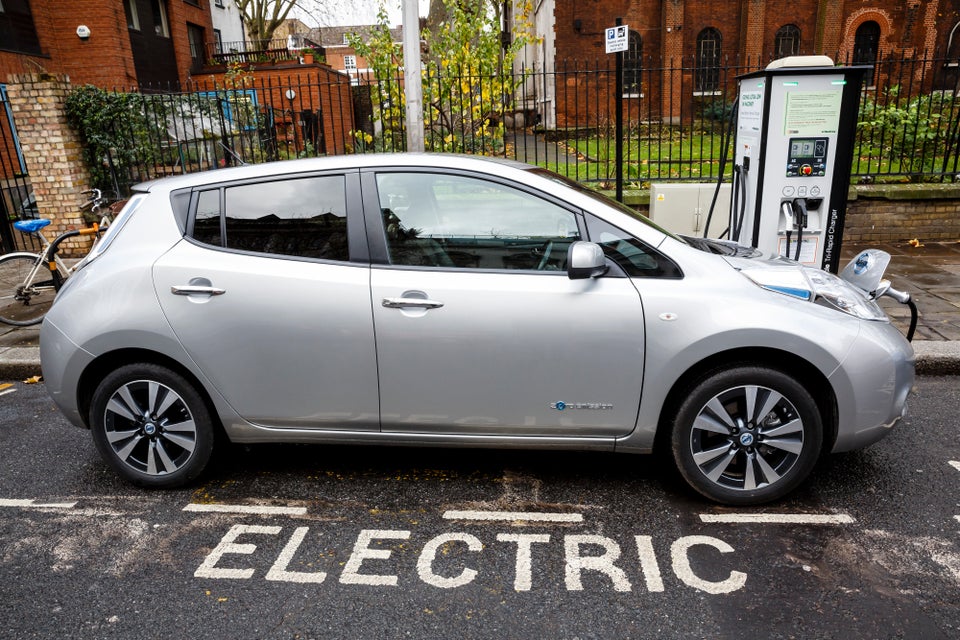
EVs are a smart choice for good reason: they help to cut toxic air pollution, they can save you cash (the UK government offers a plug-in car grant of 35% off the cost of a car, there is no vehicle tax charge on EVs and they are also eligible for a 100% discount on London’s Congestion Charge). Some London boroughs also offer free or reduced-fare parking for EVs.
Other benefits? They can be charged at home (the government offers grants up to 75% towards the cost and installation of a home charge point) or at a public charging bay, making petrol and diesel a thing of the past.
Want to change your energy consumption habits without skimping on looks or convenience? Then you’ll want to know about the Nissan LEAF, an 100% electric hatchback that’s a leader in the zero-emissions vehicle market.
With a range of up to 155 miles from a single charge (thanks to a larger capacity battery pack at 30 kWh), you can charge the LEAF at home or on the go.
Your wallet will thank you, too: no more petrol costs or oil changes, and fewer fuel costs overall (as well as all of those government grants EV owners are eligible for).
Whatever your needs: daily school run, occasional weekend getaway or a car that helps you run errands when you need to, electric cars like the Nissan LEAF can simplify your life. Oh, and in case you're worried you won't like driving one, don't be: a floor-mounted battery pack lowers your centre of gravity for a smooth ride.
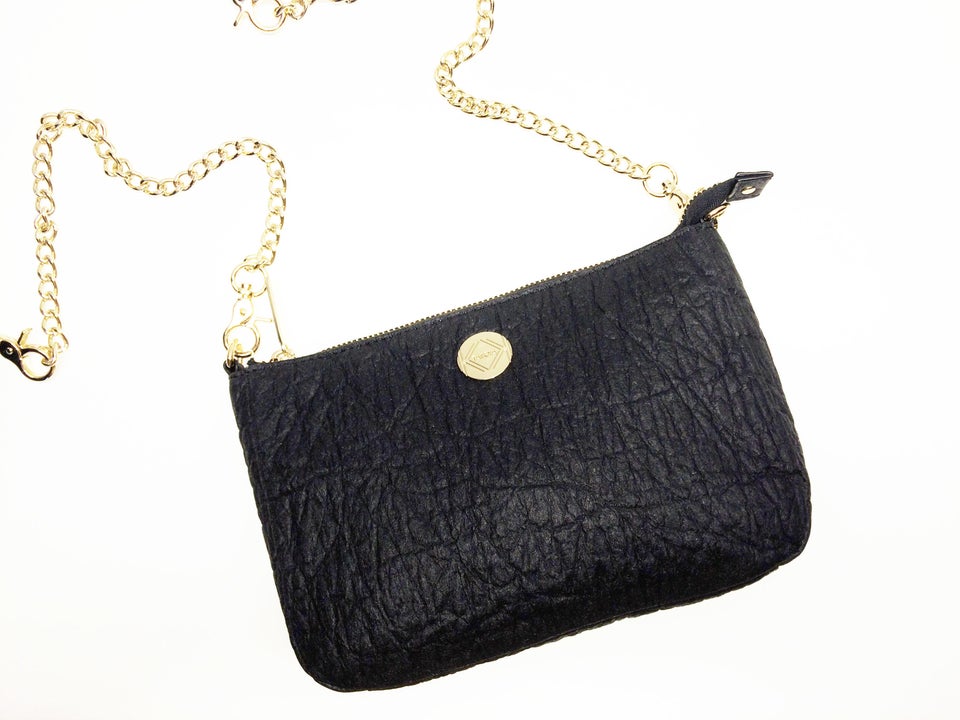
Thankfully, green innovators are doing their part for fashion, with 3D printed clothes and new sustainable textiles courtesy of companies like Bolt Threads, who create engineered spider silk textiles and will be collaborating with eco-aware brand Patagonia.
Another name to have on your radar? Ananas Anam, the company behind revolutionary leather-substitute, Piñatex.
Made from pineapple leaf fibres, Piñatex is a non-woven textile that, after a finishing treatment, becomes aesthetically similar to skin, and that possesses some characteristics of leather, a spokesperson for the brand tells Huffington Post UK.
"Its textural expression carries unique features such as softness, pliability and strength. Piñatex is strong, versatile, breathable, soft, light, flexible, and can be stitched and cut. It flexes very well and is also fire-retardant.
"Piñatex offers a good leather alternative to the fashion and upholstery industry. Our society is currently facing environmental issues and industries have to make a change. We feel part of this emerging sustainable solution. Our innovation shapes the future of the textile industry."
And as far as fashion designers are concerned, it ticks that most important box: it looks great, too.
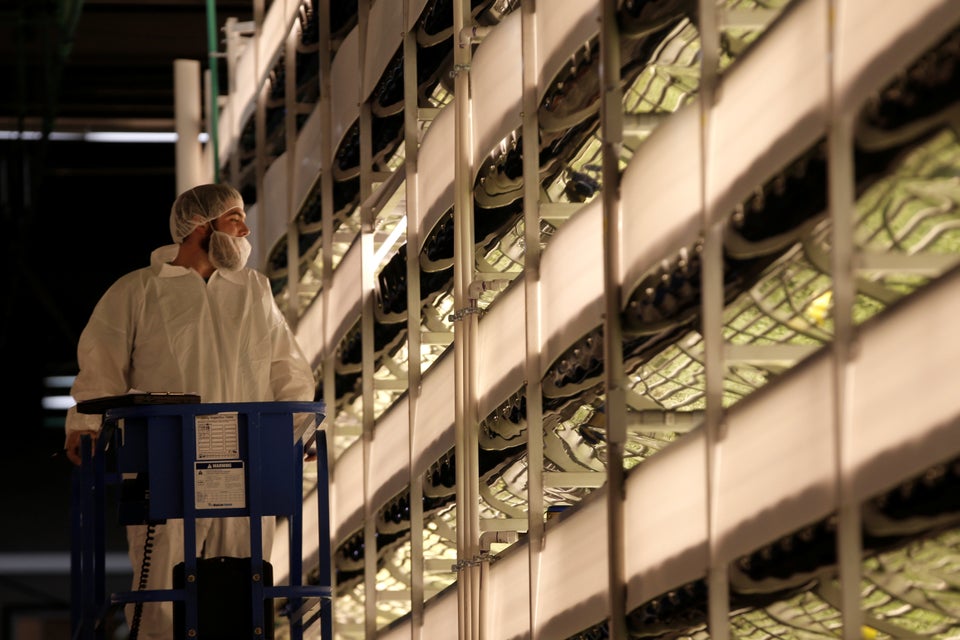
Vertical farms, indoor farms, urban farms, subterranean farms, call them what you like: the idea behind them is the same. Agriculture is no longer limited to fertile soil, a very good thing considering we need to provide food for our expanding population while creating less waste and a minimal carbon footprint.
You can find vertical farms from Singapore to London to New Jersey, but they all have a few things in common: they tend to be multiple stories high, use a hydroponic system and are lit with LED lights that imitate sunlight.
Unlike traditional farm plots, urban gardens produce food year-round in their controlled environment and don't face issues that plague typical farm crops like drought, disease or natural disaster. Another bonus? Retailers and consumers can get their fresh produce super-locally, another benefit for our environment.
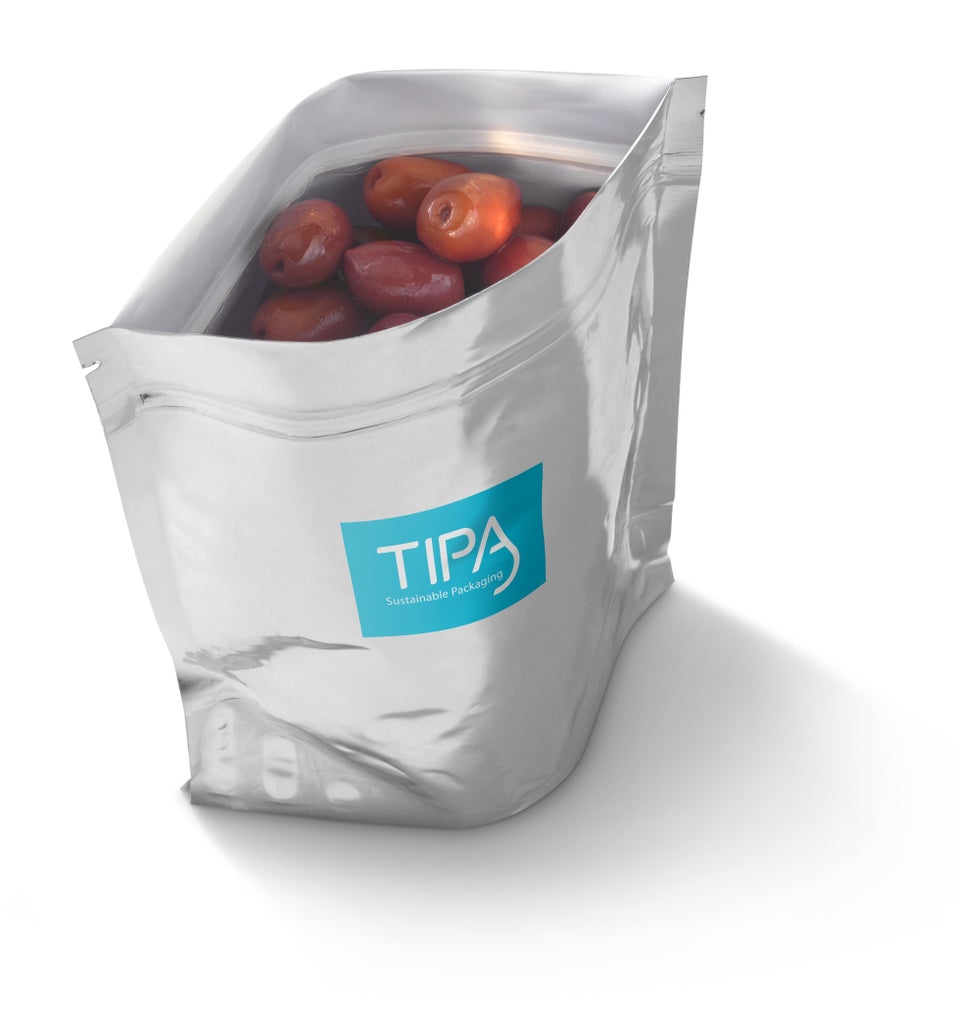
We're all trying to do our part, on a small scale, at least: the government brought in a 5p charge on carrier bags on 5 October, 2015, in an effort to reduce plastic waste, which had positive results. England’s plastic bag usage has dropped over 85% in the first six months since the charge was introduced.
Plastic for food and beverage packaging is responsible for two-thirds of the world’s plastic waste. That's a lot. But there's someone new in town: looks like plastic, feels like plastic, works like plastic - but is fully compostable.
Israeli brand TIPA is innovating in the field of packaging design, creating biodegradable, flexible plastic products that can be thrown away like an orange or banana peel.
Launched in the UK over the summer, TIPA is the brainchild of software engineer Daphna Nissenbaum and industrial designer Tal Neuman, and makes products including clear films for fresh produce, coffee and baked goods, stand-up pouches for crisps and grains and non-transparent, seal-able plastic bags.
"Imagine if you could treat flexible food packaging like an orange peel, like organic waste, a natural resource?" says TIPA CEO, Daphna Nissenbaum.
"TIPA products have the same mechanical properties as most ordinary plastics, serving consumers and manufacturers.
"Consumers enjoy the same level of packaging functionality. Manufacturers get bio-plastics that meet all their manufacturing requirements and that are adaptable to their current packaging and production practices, and we all benefit from a cleaner environment." Watch. This. Space.